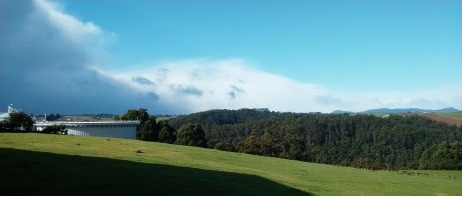Report: Potential for energy generation from expanding industrial WWT facilities
Prepared by Dr Alzbeta Bouskova (BPO Ltd)

A review of the current greenhouse gas (GHG) emissions from industrial wastewater treatment was undertaken in order to assess the potential for emissions reduction potentially achievable by processing residual waste in anaerobic digestion plants to produce energy and fertiliser.
The report evaluated three scenarios, i.e. business as usual (BAU), encouraged uptake and accelerated uptake.
The BAU scenario will see the GHG emissions increase at a rate corresponding to the industry growth. The encouraged uptake scenario, with low-cost improvements to existing treatment facilities and an increased use of biogas as a fuel substitute, will provide GHG emissions reduction in the order of 31-55 kt CO2-e per annum or 29-41% of total projected emissions from the industrial waste treatment sector.
Accelerated growth, where gradually increasing portion of emission-intensive treatment methods are replaced with anaerobic digestion at new or existing anaerobic digesters with complete biogas utilisation, has a potential to provide additional 151 kt CO2-e per annum of emissions reduction by 2050. This approach will make industrial wastewater treatment sector carbon negative and offset the GHG emissions of other sectors by 72 kt CO2-e.
